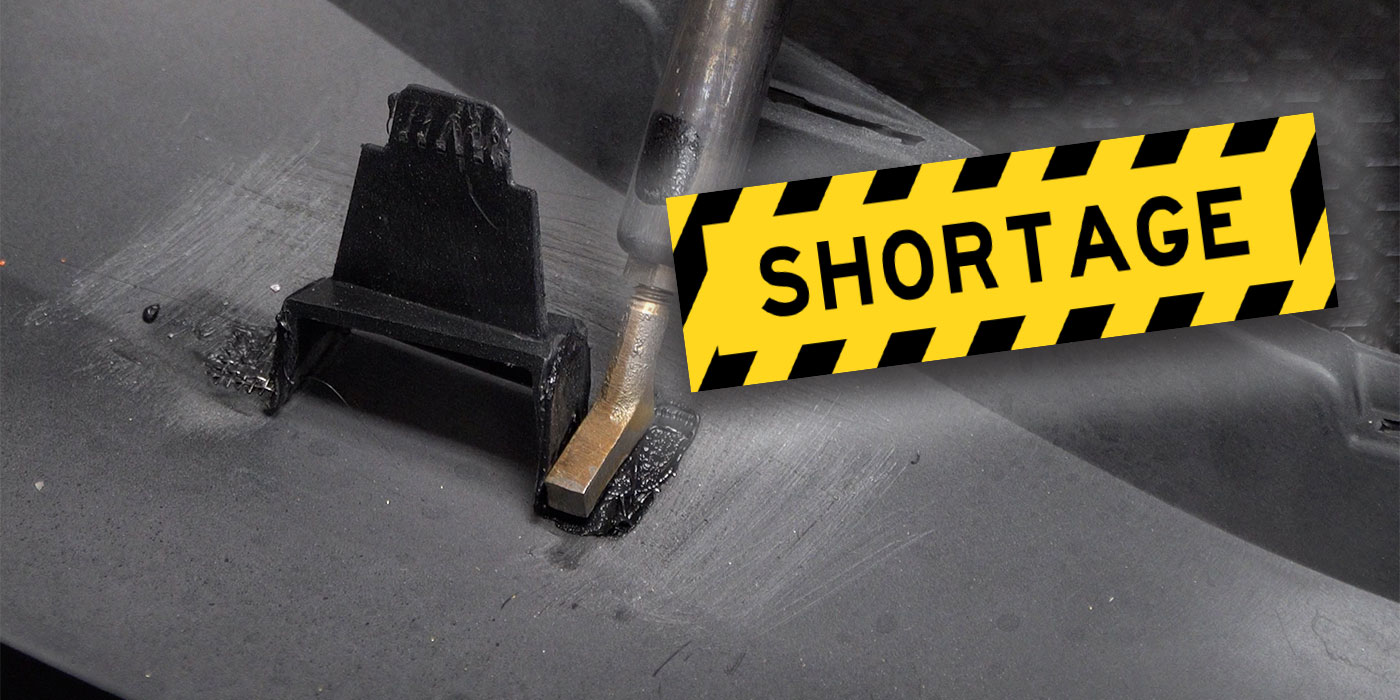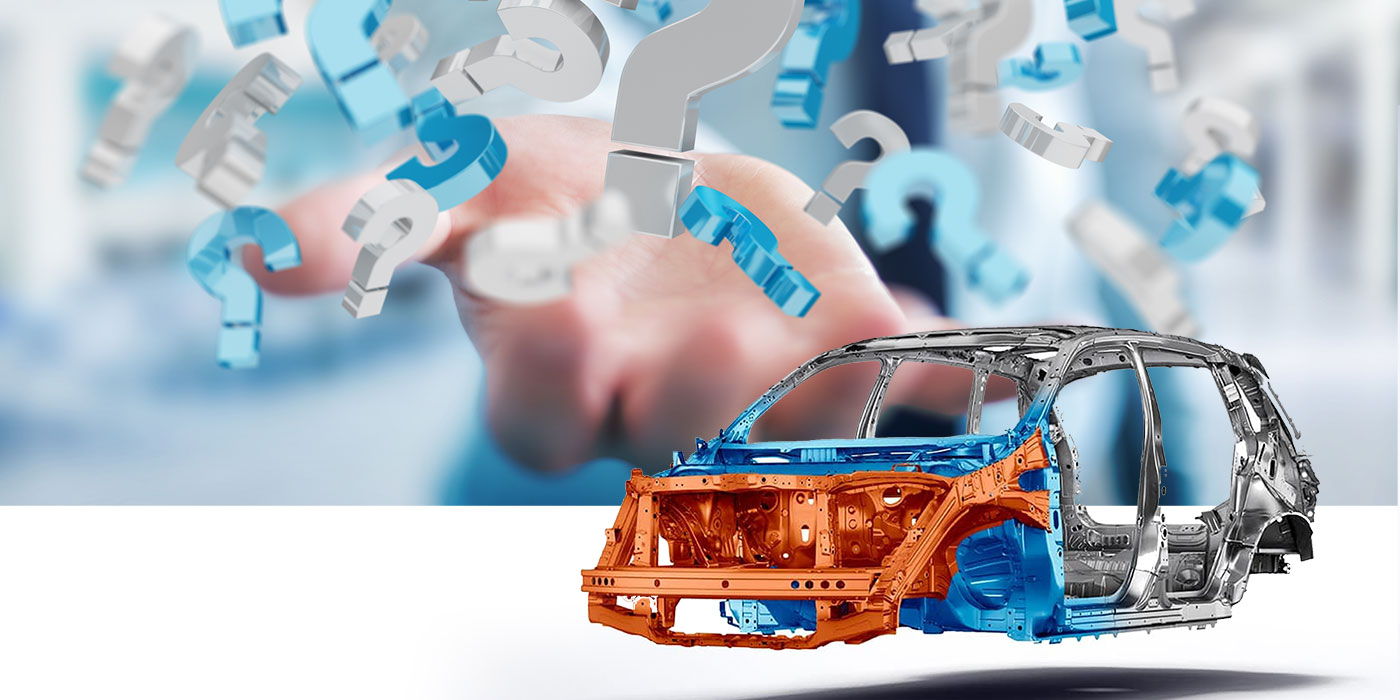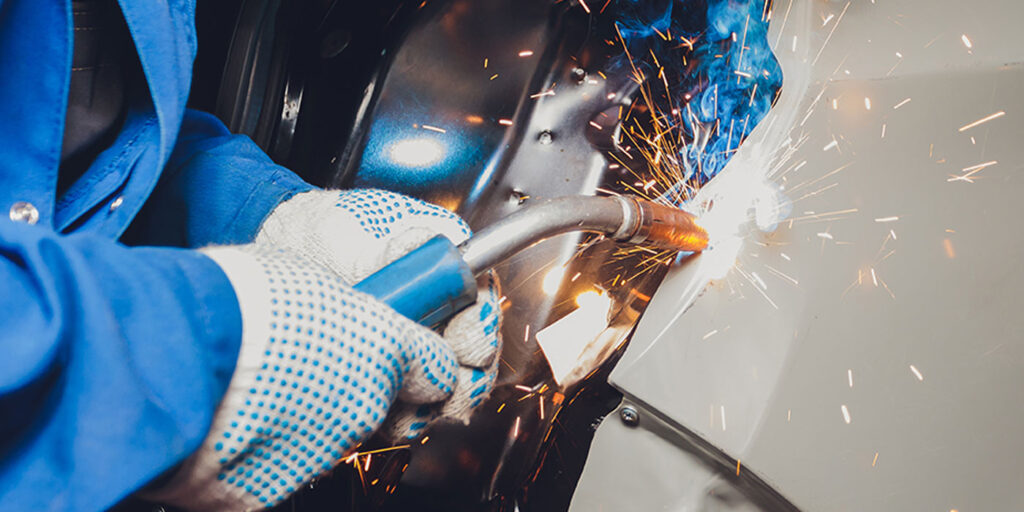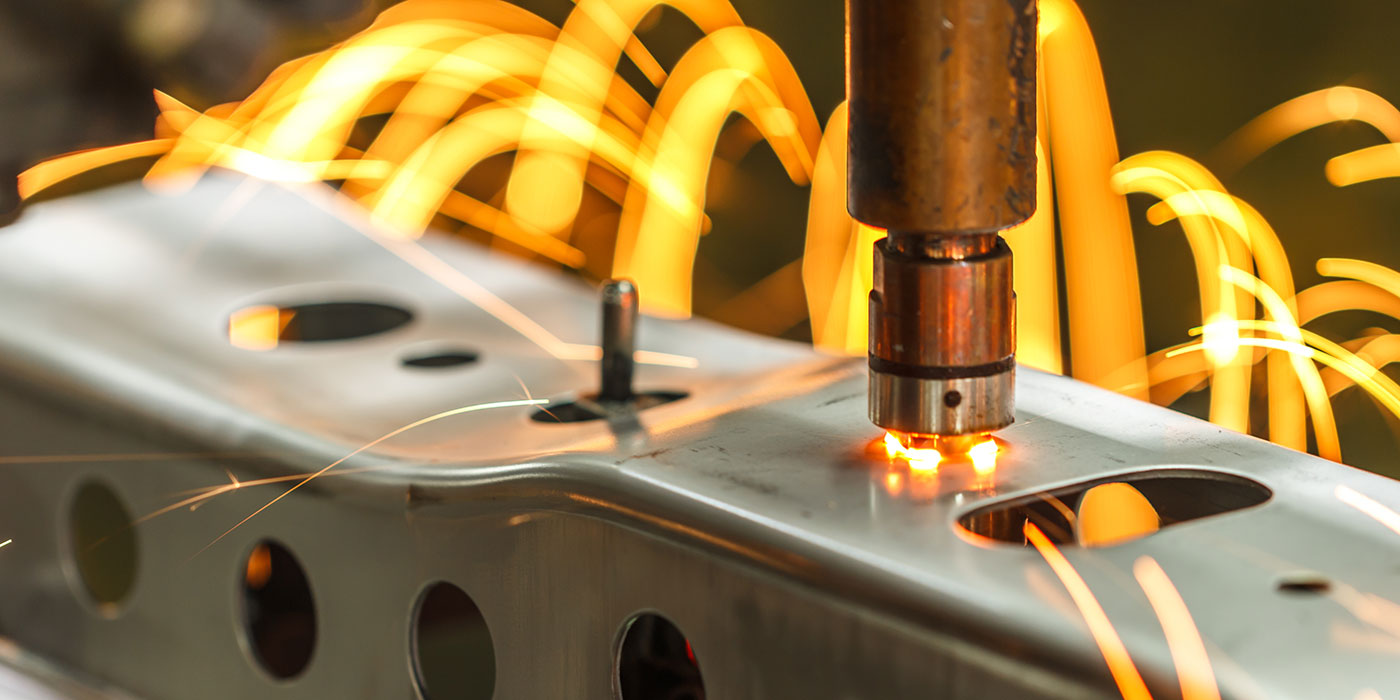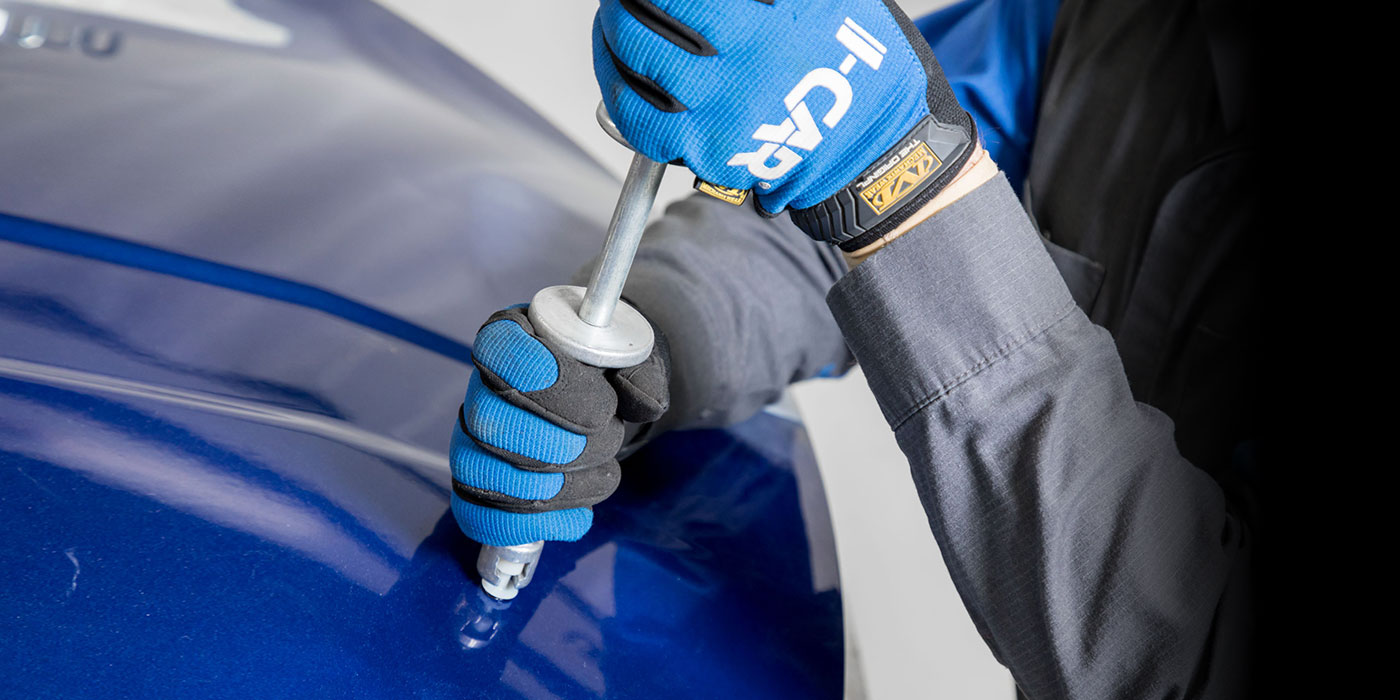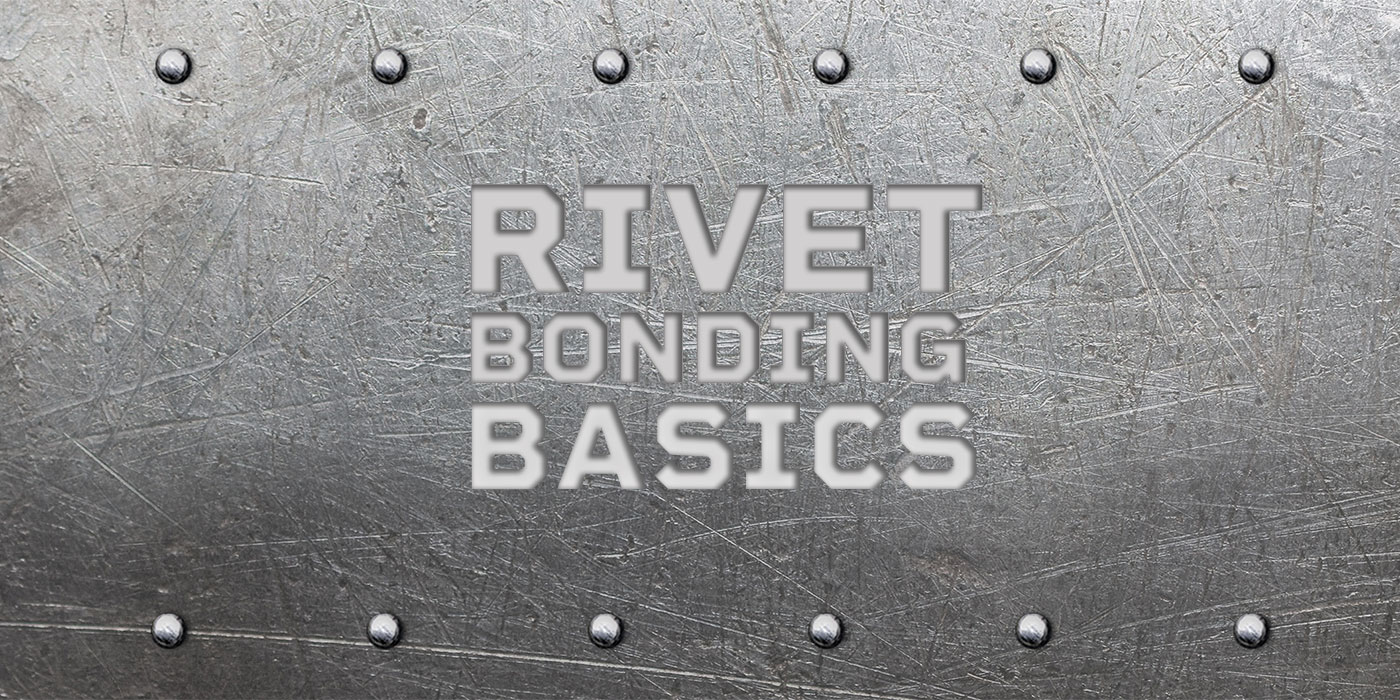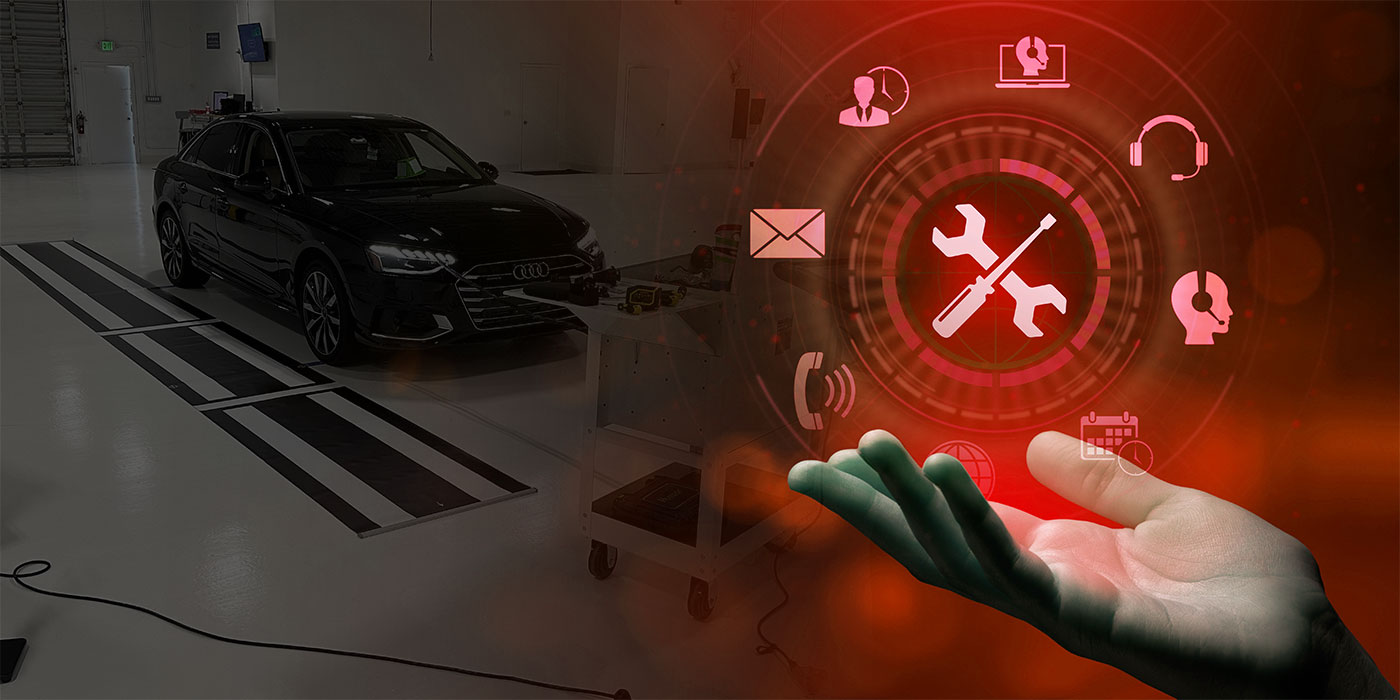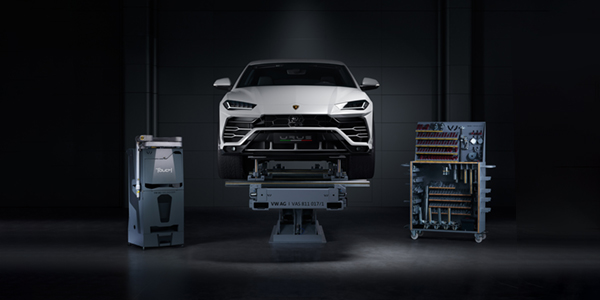Running a shop is no small task – the pressure of having to market your shop to consumers, coordinating the training for shop staff whether they’re estimators, body technicians or quality support technicians, etc.
Every job and task a shop undertakes to repair a vehicle has changed so much. And if that wasn’t enough, there’s the pressure of not missing a thing during the entire complex process of repairing a vehicle. Every step and every detail of every process counts as shops’ reputation can change overnight. The use of social media by consumers is growing at an incredible rate. Even insurance companies are monitoring social media and trying to use it to their advantage. One unhappy customer can create a nightmare for any shop.
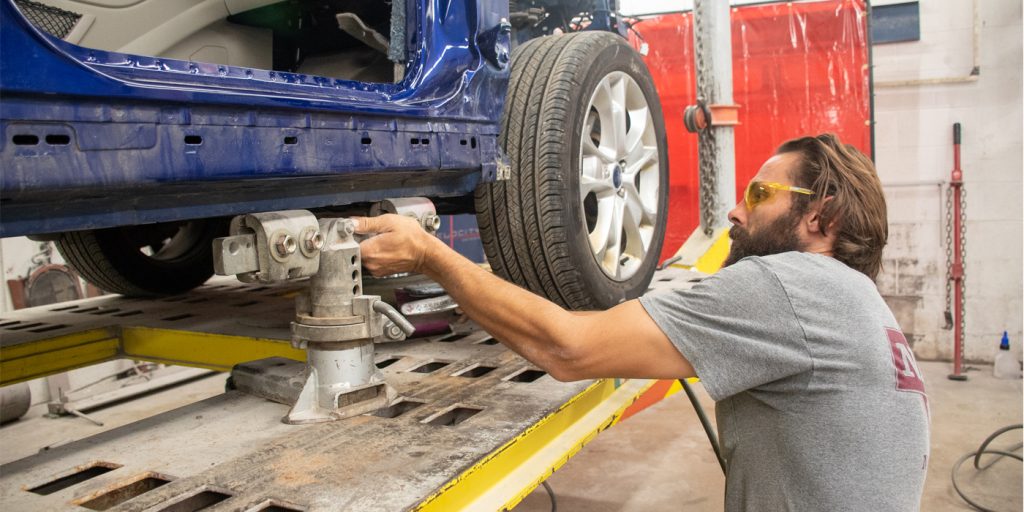
And it’s not just you who feels the pressure, it’s everyone in the shop.
KPIs
Now, let’s take the key performance indicators or KPIs insurers measure shops by into consideration. Repairing that vehicle correctly and in a timely manner adds another layer of stress to a shop. Changes in vehicle design and demands on a shop can sometimes cause something to be missed. Time is money, and everyone wants to get the vehicle back to the owner as fast as possible. In this pressure cooker of issues, could we miss the obvious?
Three Questions
I have three questions for everyone out there who is reading this article:
- Do you remember when we used to set-up and measure almost every car we repaired?
- Why did we stop?
- How fast must a car be moving to require being measured for structural damage?
These are incredibly important questions for our industry.
Picture a vehicle hit in the rear. The damage looks moderate, but once the bumper cover is removed you see more damage. Chances are the obvious damaged parts are getting replaced, the mindset being that replacing the damaged parts will complete the repair. Could there be more damage? If metal moved, is it possible that energy may have damaged something further in or something may have given out that isn’t so obvious to see? What made you decide that set-up and measure was not needed?
Thought Process
When vehicles were stiffer and crush zones were less prevalent, shops would set-up and measure because we all knew the damage was transferred somewhere further into the structure, especially with the full-frame vehicles of the past. We still use this thought process on current-model pickups. When crush and crumple zones became dominant factors in passenger cars, some shops got into the habit of thinking, “If I’m replacing the damaged parts, there is no need to measure.” “Less energy transferred into the structure” was a common theory.
This theory had some validity for a period of time. Now, let’s examine the engineering of today’s passenger vehicles. The use of ultra-high-strength steel has increased every year. Although the frame of the past has disappeared for the sake of reducing a vehicle’s weight, the transfer of energy in new models has increased dramatically in every new model produced. Airbags and pre-tensioning seat belts have proven to be effective in absorbing energy in a crash, reducing the need to have large crush and crumple zones built into the structure. Now, limiting intrusion into the occupant compartment has become vehicle manufacturers’ major focus. Higher speeds on U.S. highways and the difference in size and weight of vehicles have presented major challenges to vehicle engineers as far as occupant safety. By using more UHSS in vehicles, engineers can accomplish this level of occupant protection. This new focus creates more energy transfer in any collision and may create a damage point much further away from the area of direct impact. This change in vehicle design has increased the need to measure for damage on even minor collisions. Measuring can locate damage quickly and pinpoint that damage for blueprinting. This is evident when a technician is sectioning a front rail and finds damage further down the rail or at attachment points such as the floor pan.
Another common problem is finding that a rail has moved in the collision. A technician now finds the problem while doing repairs and is forced to rethink and re-evaluate the repair process. This presents a major problem for a shop and/or a customer. Replacement could take the vehicle over the total loss threshold, wasting everyone’s time and effort. It’s a no-brainer as to what is more effective and efficient, writing an estimate and ordering parts and then finding more structural damage during the repair or measuring for damage before you start the repair.
It is also important to remember that millimeters can be miles in the way parts fit during repairs. To assemble a car that is not “square” is a lesson in frustration. The amount of effort and time wasted is evident in any technician’s face. Let’s not forget that it’s just wrong not to complete all repairs on the vehicle.
New Concerns
In the age of electronics and ADAS where new sensors either warn or actually take control of the vehicle, not having the vehicle square takes on new urgency. The sensors and cameras take for granted that the vehicle is “true.” Like I said before, millimeters can be miles where the mounts and/or mounting brackets for radar or cameras are located. Being off even one degree could have a disastrous effect on vehicle performance in avoiding a collision. We should never assume that replacing a part guarantees proper placement.
The Dark Side
Changing a thought process to correctly assess damage in a vehicle can be done through education and training. But there is a dark side to this issue that no one wants to mention:
- Lack of maintaining and updating equipment.
- Lack of training on measuring systems.
I cannot count how many shops I’ve walked into and heard complaints about their measuring equipment. The most common one I hear is that the computers or measuring software are out of date. I view this as a twofold issue: one, the shop has not bothered or spent the money to update the hardware or software on the measuring system due to expense or apathy. Two, the difficulty in getting equipment updates from vendors due to either the lack of trainers or funds to train those who have purchased their equipment. Another factor is equipment becoming outdated so quickly. The expense to update equipment becomes costly and a hard thing to actually do.
Also, the transient workforce of technicians moving from shop to shop creates a logistical nightmare as to equipment training. Shops usually have a lead technician who has been there the longest. He may have received training, but others may not have. It could be that the lead technician trains other techs or new hires, but who knows if he is using the equipment correctly? In that case, you have a person using equipment incorrectly training a person to use it wrong, too. Ironic, isn’t it? If equipment is out of date or targets are missing or damaged, then it becomes training on how to guess and get by. I am also not just talking about I-CAR training; you need actual hands-on training for all who use your equipment.
Test Your Ability
Walk out into your shop and ask yourself these questions:
- Is the measuring system updated?
- Are all targets accounted for?
- Has the system been calibrated recently?
- Who has been trained on equipment from the equipment supplier?
- Who has been trained by someone in the shop?
- Who has been using the measuring system?
- Are all clamps and pulling equipment there?
- Do you have a three-bubble air jack?
There are many more questions that could be asked. Your vendor can offer you a checklist of things to go through. If all is well and all are trained, congratulations. You are one of the few who can say that. For those who can’t say that, there is one more question to ask: how long has it been this way?
The answer I get to that question usually sends chills down my spine. I’ve asked these questions for years, and I’m always surprised and a little frightened at the answers. Too often, the answers are not good. A shop may have someone they consider to be their “best technician” who does not have the tools or training to use the equipment correctly. In my experience, the “best technician” is usually not an expert but a guy who finds a way to make it work. It may actually work some of the time, but not always. He may also be the guy who has the training and does do it right. But is he the only one using the equipment?
Summary
Walk through your shop, start asking questions and have a “show me” session. If you don’t like what you hear or see, call your supplier or equipment vendor and push to get some training or equipment. You’re now ready for one last thing: set-up and measure.
Mitch Becker has been a collision industry trainer for 30 years. He can be reached at (612) 865-6229 or [email protected].



